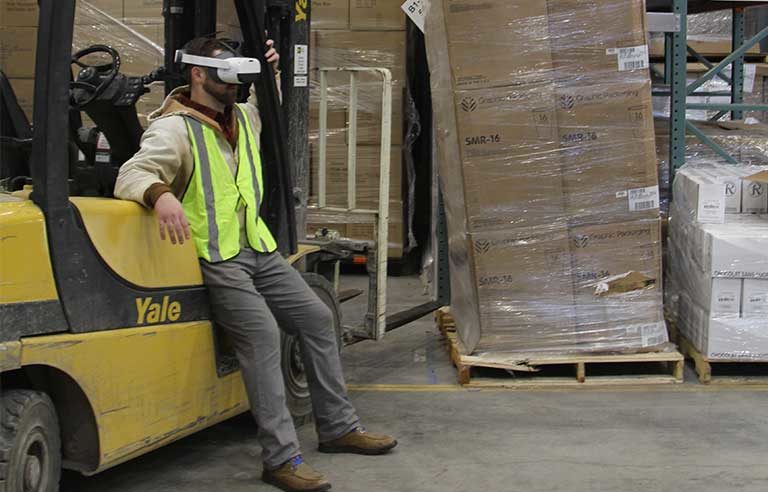Impairment in the workplace
When it comes to the legal use of marijuana, how do we balance safety and worker rights?

Responding is Ken Fichtler, CEO, Gaize, Missoula, MT.
With the changing landscape of marijuana legalization across the United States and other parts of the world, businesses are facing new challenges. The complex web of legal, business and ethical considerations for employers this has created is causing both confusion and safety concerns.
Proving impairment in the workplace
One of the most significant challenges businesses face in states where marijuana use is legal is the need to consider employee impairment before taking adverse action. Unlike alcohol, where a simple breathalyzer test can determine impairment, marijuana’s effects on an individual can vary greatly depending on factors such as consumption method, marijuana strain and tolerance.
Further, many studies have shown that THC – the psychoactive compound that gives cannabis users a high – and THC metabolites linger in the body long after the impairment has disappeared. Many states have recognized this complexity and have implemented laws that require employers to prove impairment rather than just the presence of THC. This means that traditional chemical drug tests such as urinalysis, oral fluid, hair and even emerging breath THC tests are only indicative of prior use, not active impairment.
One example of these laws is California’s A.B. 2188, set to go into effect at the end of this year. This law and others like it necessitate a shift in how employers approach marijuana in the workplace. Zero-tolerance policies that rely on tests that simply detect THC metabolites are no longer allowable. Rather, determining fitness for duty is required, and this can be done through reasonable suspicion training of supervisory staff, or through the adoption of impairment detection technology.
Impairment detection technology
Because many scientific studies have shown that measuring THC and THC metabolites isn’t predictive of impairment, new tools have emerged to detect the impairment resulting from drug and alcohol use. These advanced impairment detection technologies can provide more accurate insights into an employee’s current state of impairment. Such devices are designed to measure psychological and/or physical indicators of impairment and allow employers to make more informed decisions regarding workplace safety. Leading solutions are portable, scientifically defensible and provide results in just a few minutes.
Worker rights and legal marijuana use
In today’s constrained labor market, it’s crucial for businesses to respect the rights of workers in jurisdictions where marijuana use is legal. Just as employees have the right to consume alcohol responsibly during their off-duty hours, they also have the right to use marijuana in accordance with state laws (although Department of Transportation-regulated employees, military and federal government contractors must still follow federal law). However, this right comes with responsibilities.
Workers must likewise understand that although they have the freedom to use marijuana, they aren’t exempt from workplace safety regulations. Being under the influence of marijuana at work can jeopardize the safety of the individual and their colleagues, not to mention the work quality and efficiency of the company. It’s the responsibility of employees to ensure their marijuana use doesn’t impair their fitness for duty. They need to arrive at work sober and ready to perform.
Conclusion
As the legal landscape surrounding drugs and drug testing continues to evolve, businesses face the challenge of maintaining workplace safety while respecting worker rights. The shift toward impairment-based laws, coupled with the use of advanced impairment detection technology, offers promising solutions for employers. By focusing on behavior and performance rather than the mere presence of drugs, businesses can maintain safe work environments.
Editor's note: This article represents the independent views of the author and should not be considered a National Safety Council endorsement.
Post a comment to this article
Safety+Health welcomes comments that promote respectful dialogue. Please stay on topic. Comments that contain personal attacks, profanity or abusive language – or those aggressively promoting products or services – will be removed. We reserve the right to determine which comments violate our comment policy. (Anonymous comments are welcome; merely skip the “name” field in the comment box. An email address is required but will not be included with your comment.)

